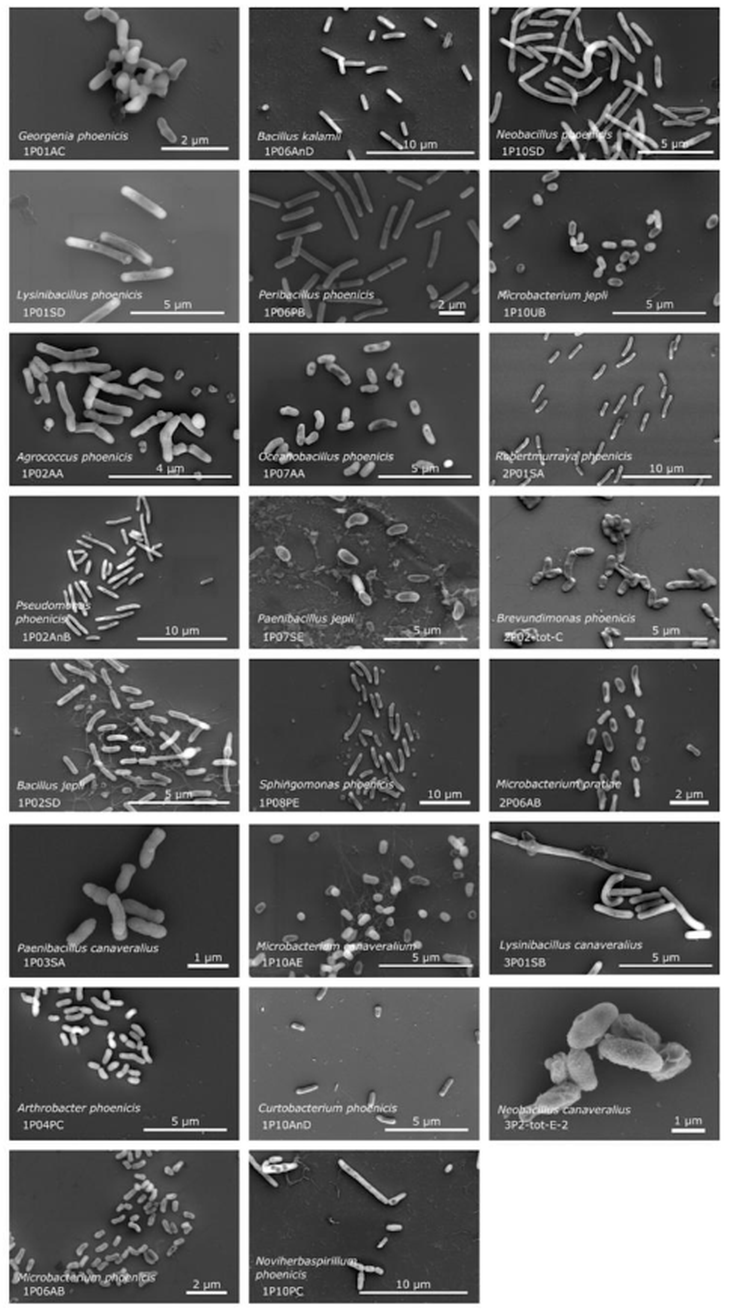
Microscopic images show newly discovered bacteria species in NASA's clean room, where it is preparing for the Phoenix mission to Mars - Photo: Microbiome (2025)
An international research team including scientists from NASA, India and Saudi Arabia has just announced the discovery of 26 completely new species of bacteria in the "clean room" area where the Phoenix Mars probe is being prepared, according to the scientific journal Microbiome.
A clean room is a strictly controlled environment that eliminates most microorganisms that could infect a spacecraft. However, some extreme microorganisms (extremophiles) can still survive and grow in harsh conditions such as volcanic craters, deep under the sea... and even NASA's "clean room".
"The study helps assess the risk of unintended biological contamination during space missions and identify microorganisms that can survive when leaving Earth," said researcher Alexandre Rosado (KAUST University, Saudi Arabia).
The samples were collected at the Kennedy Space Center in Florida, where they were finally processed before Phoenix was launched from Cape Canaveral. Through analysis, scientists isolated 53 strains of bacteria, identifying 26 completely new species.
The team sequenced the genes of these bacteria to understand their extraordinary survival abilities and found many genes involved in DNA repair, detoxification, and powerful metabolism. This may be the mechanism that helps them survive in extremely harsh environments.
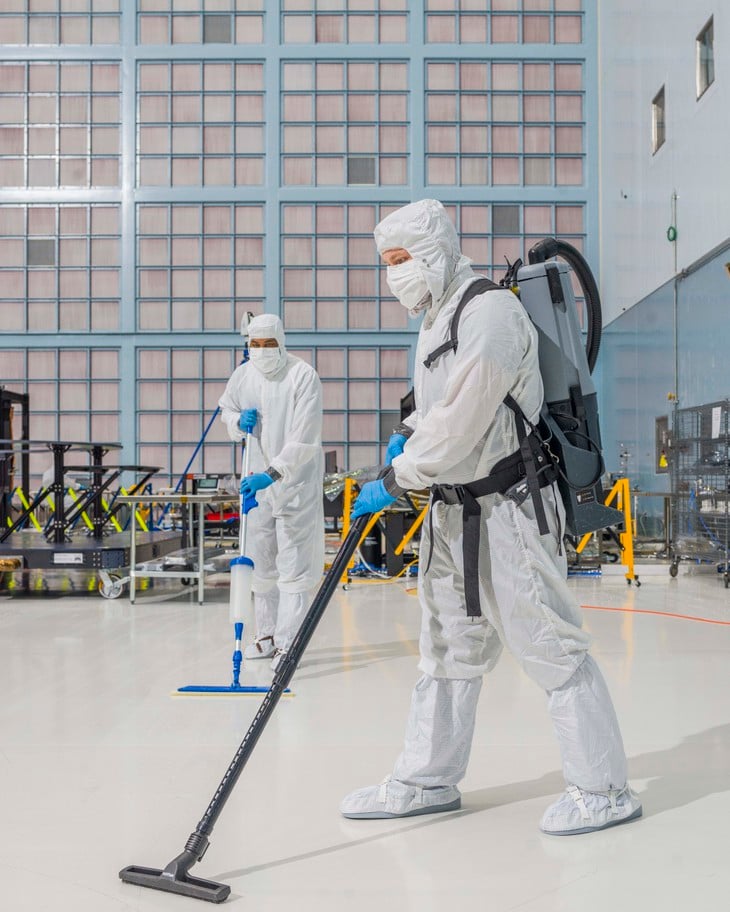
Two technicians are cleaning the floor of NASA's 'clean room' - Photo: NASA
"These genes can be used in medicine, food preservation and many industries," said Dr. Junia Schultz (researcher at KAUST).
In addition to its application value, this discovery also helps NASA improve spacecraft cleaning processes, minimizing the risk of bringing living organisms from Earth to other planets, an important step in missions to search for extraterrestrial life.
"We are opening the door to new research on microorganisms that can survive in space, which could change both life sciences and space exploration," said scientist Kasthuri Venkateswaran.
Source: https://tuoitre.vn/phat-hien-26-loai-vi-khuyen-moi-trong-phong-sach-vo-trung-cua-nasa-20250519165920214.htm


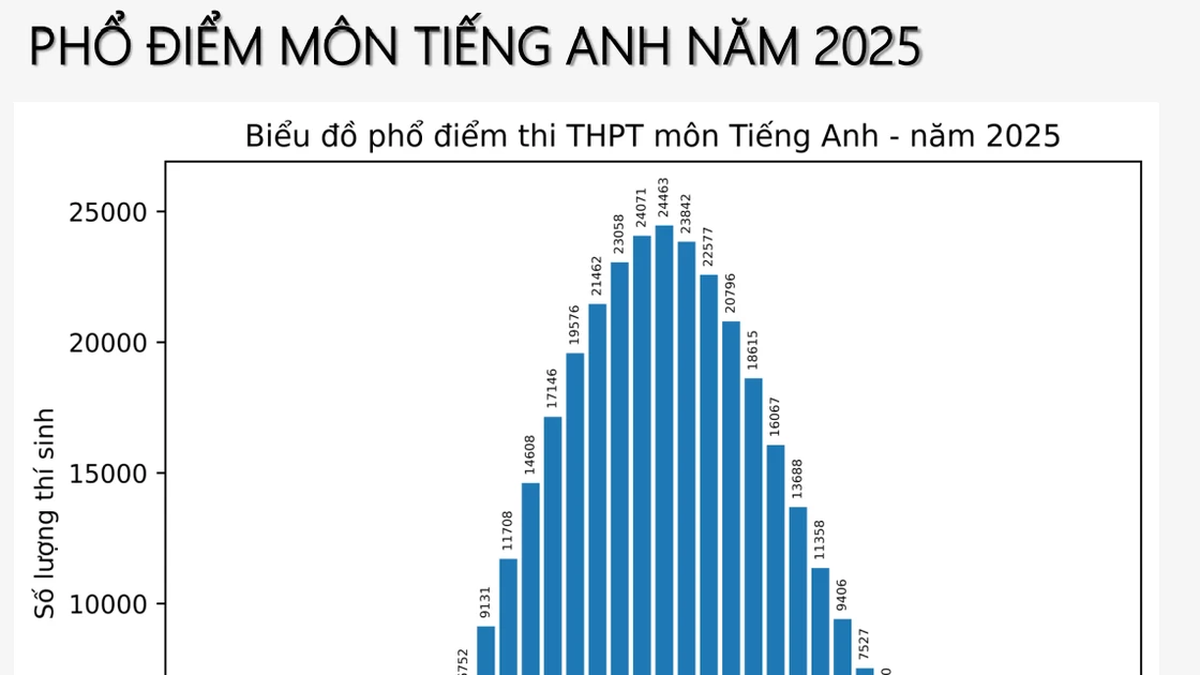
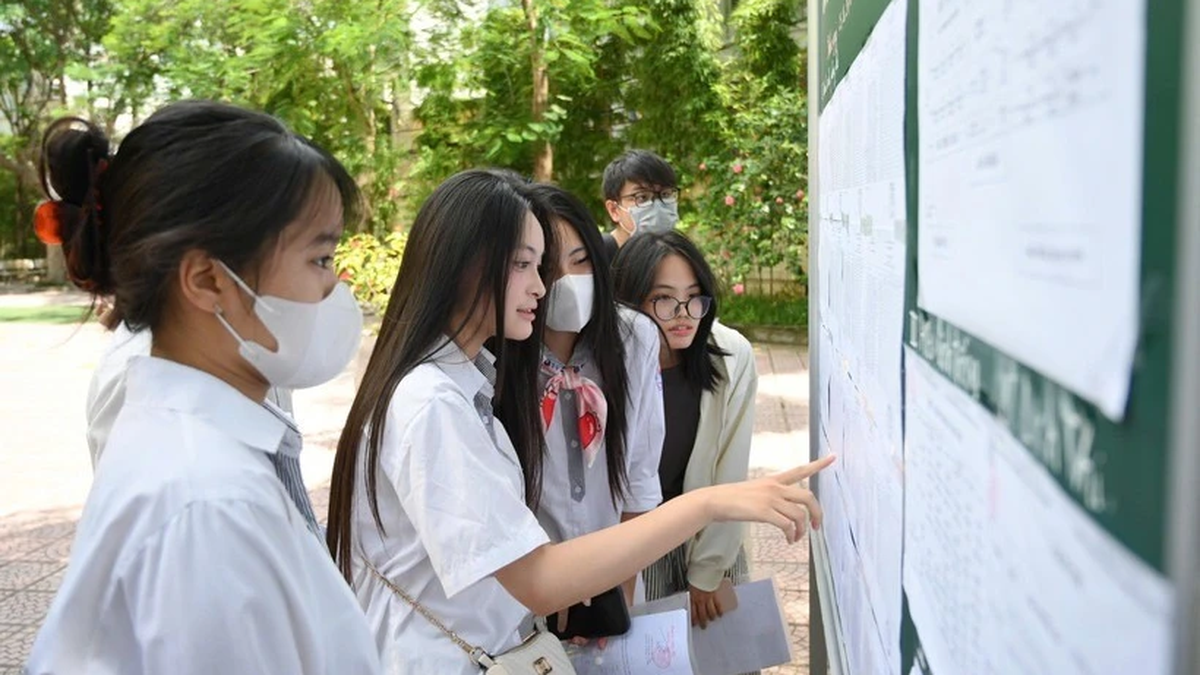

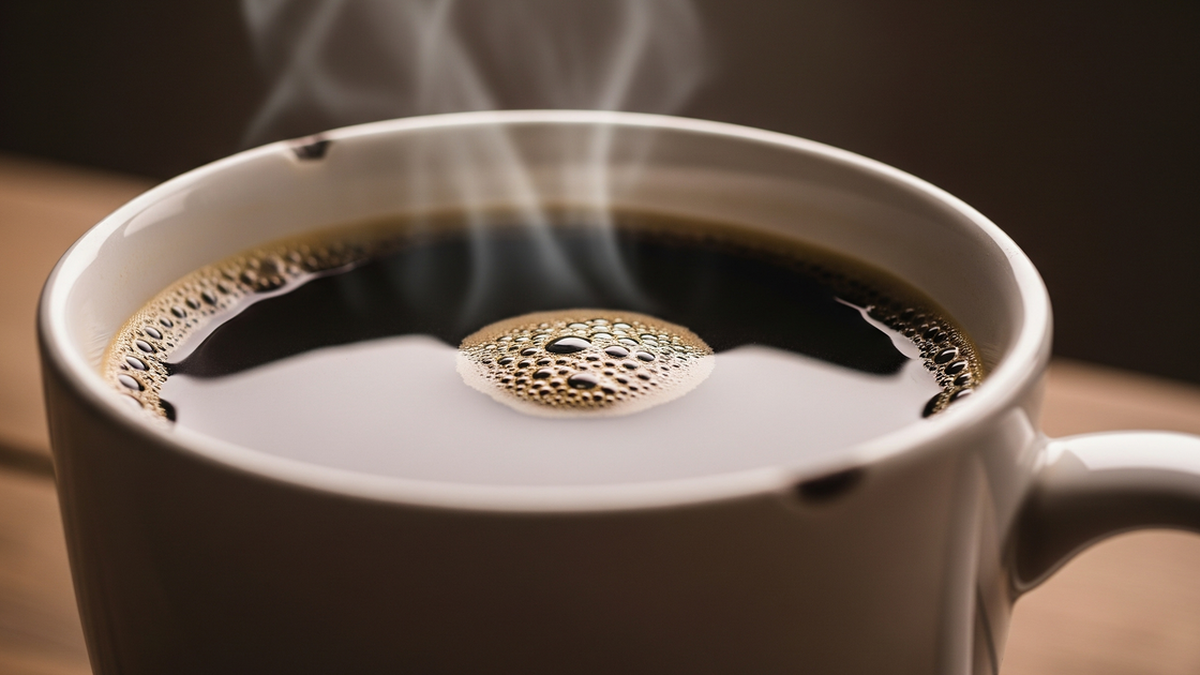




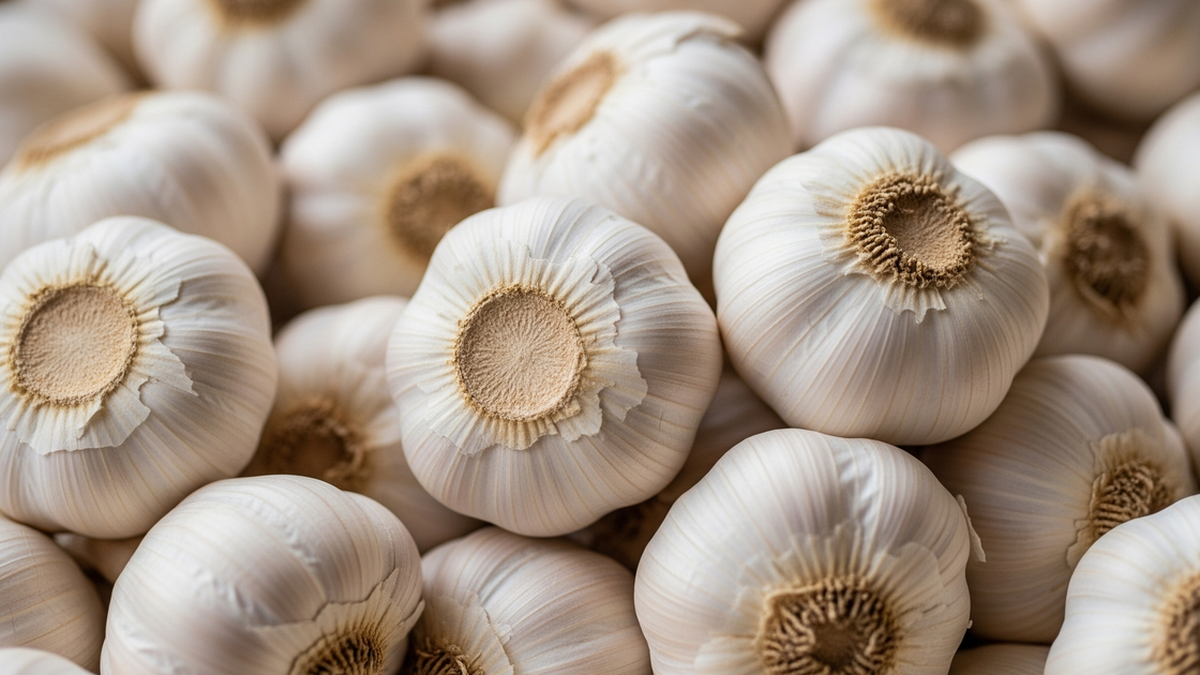
















































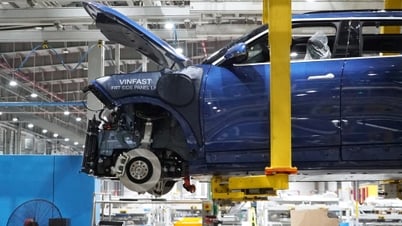









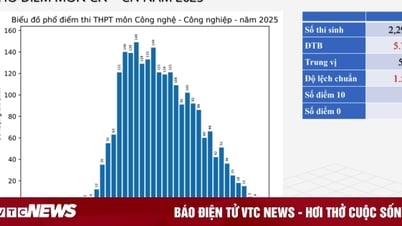





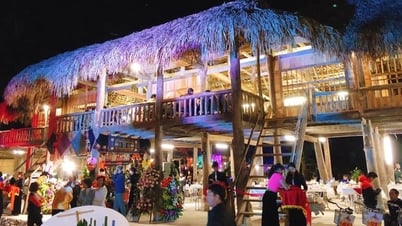
























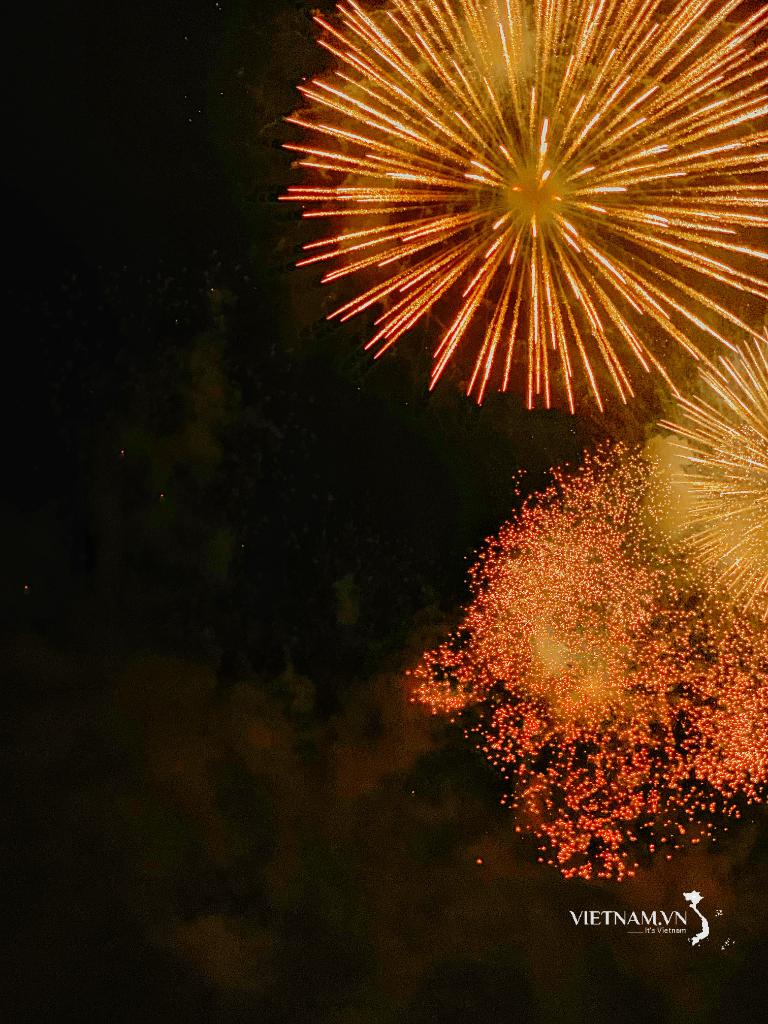

Comment (0)